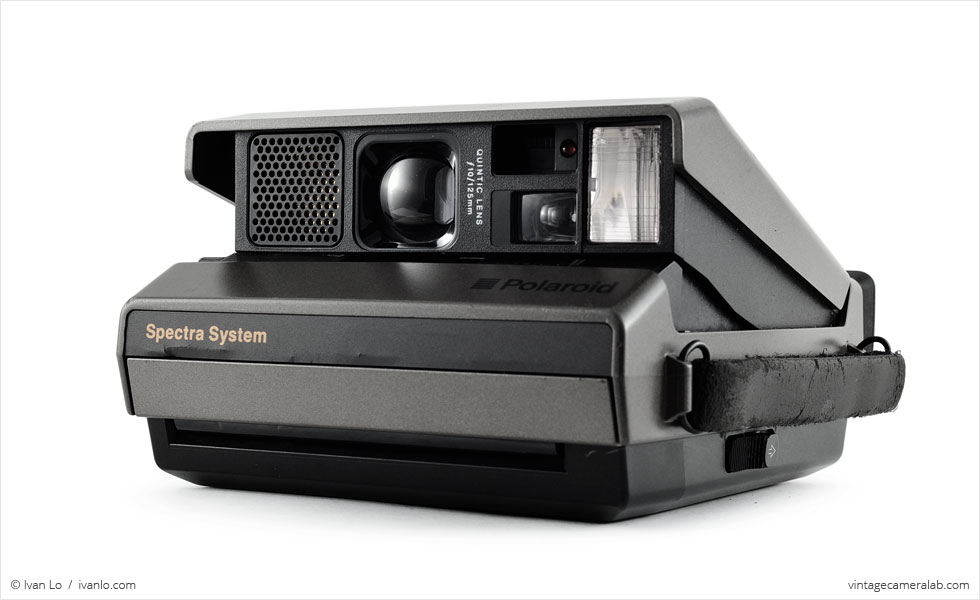

It may look awkward, but it does not interfere with the cameras operation or the tripod socket there. I used double sided tape to stick the battery pack to the top of the camera. Pay attention to the polarity! I finished these connections with some heat shrink tubing, but electrical tape would work fine.ħ. Solder your battery pack wires to the wires from the battery contacts. Once both battery contacts have a wire attached, feed the wires out of the camera.Ħ. Make sure the electrical connection is there before doing the epoxy!ĥ. Wire glue is not that strong, so I reinforced the bond by flowing epoxy over the connection. The camera has way too much plastic to properly solder the wires on the contacts, so I used wire glue.a conductive glue which works fine for the low voltages we are working with here.Ĥ. A pair of needle nose pliers are great for twisting the wire onto the posts.ģ.

Next attach wire to the metal battery contacts inside the film chamber. This will make it a little easier to get at the insides of the camera.Ģ. This is easily done by bending the tabs on the left and right side. To replace the six volts of power that feeds the camera, I bought a nifty 4 X AA holder with a nice switch on the box for about $2.ġ. Polaroid had the ingenious idea of building a battery pack into each film pack so you never had to worry about the batteries suddenly dying. This modification will pretty much destroy your cameras ability to shoot regular Polaroid Spectra or Impossible Project Image film, so there is no turning back! Also, your camera will no longer be an instant camera! You will have to develop and print (or scan) the images yourself. In this Instructable, we will convert a Polaroid Spectra to operate with regular sheet film. What is the cheapskate hipster to do? Well here is one idea. For example, Spectra film use to be $1 an exposure but is now $2 and exposure in most markets and will only increase as the supply dwindles.Ī project to restart production called, "the Impossible Project" (the "p" on impossible is backward for some hip and trendy reason) is restarting production of integral and other Polaroid films, however the cost is still in the $2 to $3 per exposure range.

They have stopped making all integral film and the price of the last stocks of fresh film is skyrocketing in price. I understand the hard business facts behind this move, but as someone who bought the camera, I feel a little cheated. Exhibit, sell, buy, create and discover incredible creativity in painting, illustration, design, sculpture, drawing, photography, 3d, fashion and more.Lets face it.Polaroid has mostly abandoned its commitment to analog instant photography.

Spectra cameras are thought to take higher-quality pictures than a conventional 600 Polaroid camera, due to the camera's higher build quality and a proportionally larger print area The Spectra range of cameras also sport better lenses on average than the 600-film range, with most of the models utilising an arc-shaped range of focusing lenses inside the body that swing across the exterior lens element to provide correct focusing, rather than adjusting the distance between internal lens elements.
Polaroid spectra se iso#
Spectra film is otherwise identical to 600 film - ISO speed, development method and operation remain identical. Spectra film (called 'Image' outside of North America) is different from 600 integral film with a different image format: a rectangular 9.2 x 7.3cm rather than square format. It was an all-new line of cameras, and had a corresponding new film. Polaroid Spectra system cameras was introduced in 1986.


 0 kommentar(er)
0 kommentar(er)
